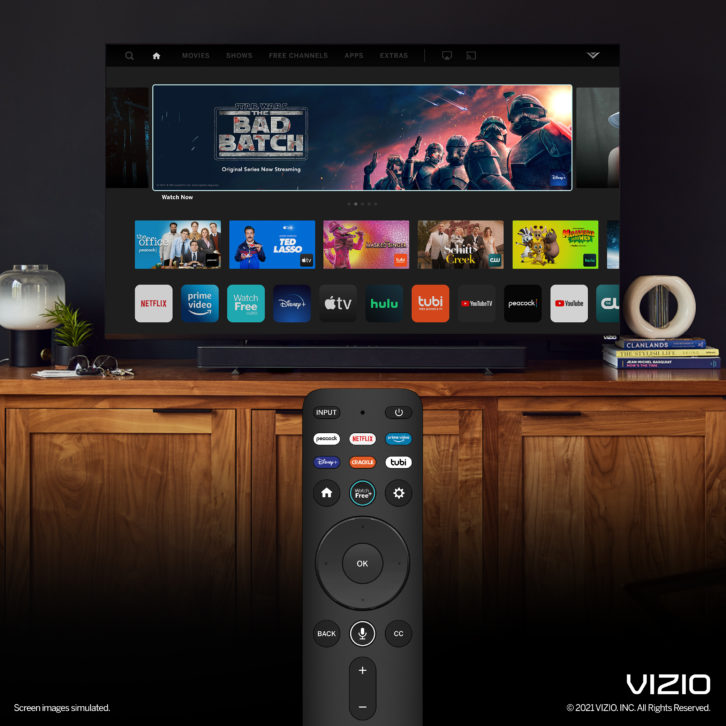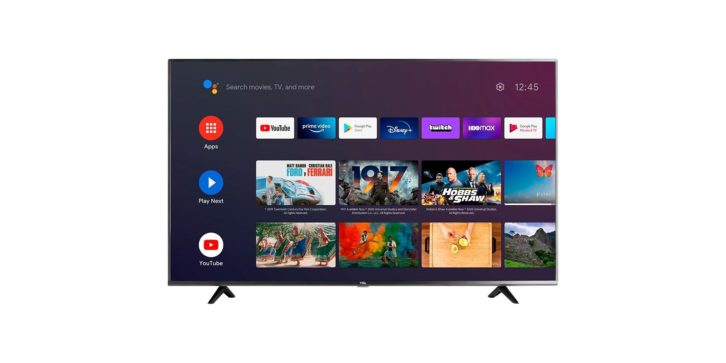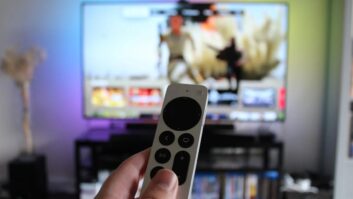
The smart TV market has grown exponentially over the past few years, accelerated by the coronavirus pandemic which pushed people to consume most of their entertainment from the comfort of their own homes. And while the world has reopened, the home entertainment market continues to evolve. Grand View Research predicted that the global smart TV market is expected to expand at an annual rate of 11.4% from 2023 to 2030.
With all this promised growth, smart TV original equipment manufacturers (OEMs) and providers are faced with a market of endless potential if they meet consumers’ needs. In addition to giving consumers the biggest and best quality TVs, they need to keep up with the latest technology for their operating systems and interfaces. To do so, many have forged relationships with big-name TV providers, studios and subscription services with the end goal of providing a more cohesive experience to their users.
The allure of having everything you need with one provider is powerful, especially when it is a well-known brand. It’s why there is a notable and cult-like division between Apple and Android. When partnering with a well-known TV operating system provider, TV OEMs get the benefit of the operating systems’ name brand recognition and customer base. And while there are benefits, this ends up taking away any consumer knowledge of the smart TV’s brand name and it keeps consumers inside a walled garden, limiting their entertainment options.
The Walled Garden Effect

As streaming has grown exponentially, there has been a consolidation of TV providers, studios and subscription services that work to serve themselves and their advertisers. As the advertising market shifts in a big way from linear programming to streaming, TV providers, studios and subscription services are heavily incentivized to limit consumer choice and bias search towards the services they own to drive revenue.
Part of the issue is the way viewers’ data is used. Smart TVs rely on having a heavy stream of data from their users, which everyone must opt-in to, because if they don’t smart TVs won’t work properly and, for all intents and purposes, won’t be “smart” – no longer gleaning insights on the viewers’ preferences and interests.
In the current system, the smart TV platforms have all the insight they need to provide a personalized frictionless experience that learns our habits and content interests. Unfortunately, the economic incentives for big tech TV providers are to use this data to create biased solutions that are geared toward their subscription services and shows They limit the full diversity of what is available to keep viewers in their wall gardens.
While the situation may sound less than ideal, there are ways to put the power back into the hands of viewers and help everyone find the content they want in the vast streaming space.
A Custom Viewing Experience

When smart TVs first came to the market, most people only engaged with a handful of streaming apps and services on their smart TVs. Looking at patterns now, most are using upwards of 10 to 15 video services which have introduced a wide array of problems, particularly around finding the content people want when they want it.
When watching TV, people want to sit back and relax, but the current experience is challenging. Most people have a tough time managing which apps and services they have subscriptions to, and the current interfaces are full of friction when switching between apps. Plus, the addition of the constant shuffle of which streaming service has which TV series or movie – people get confused and frustrated with finding their content.
Current smart TVs are focused on pushing viewers to find our shows and movies in the apps, instead of directly bringing us the content directly. If TV providers focused on making their search content-forward, viewers would have a much easier time finding and watching the content they want. This is where independent platforms come into play.
It’s time to move past the traditional environment where content is difficult to find. On independent, neutral operating systems for TVs, content that is relevant gets pushed directly to viewers regardless of who the provider is. The goal is to help people find video content they never knew existed and break consumers out of the walled garden.
This evolution won’t happen overnight though. If the industry continues as is there will be a threat of a modern monopoly in the television industry. TV OEMs must start partnering with operating systems that are content-centric and focused on providing an unbiased solution. Only then will smart TVs evolve to serve viewers even smarter and better content and recommendations.
About the Author
Geir Skaaden is Xperi’s Chief Products and Services Officer, leading its portfolio of imaging, audio, user experience and discovery solutions. Prior to the spin-off, he served as Chief Products and Services Officer at Xperi Holding Corporation.
See also: Executive Insight: A Look At The Energy Efficiency Journey We Are All On













